Alan Titchmarsh: The plants that I simply can't ever grow
Unless you're lucky enough to have a garden with medium loam soil, chances are that there are plants which you'll always struggle — but you're not alone, says Alan Titchmarsh.
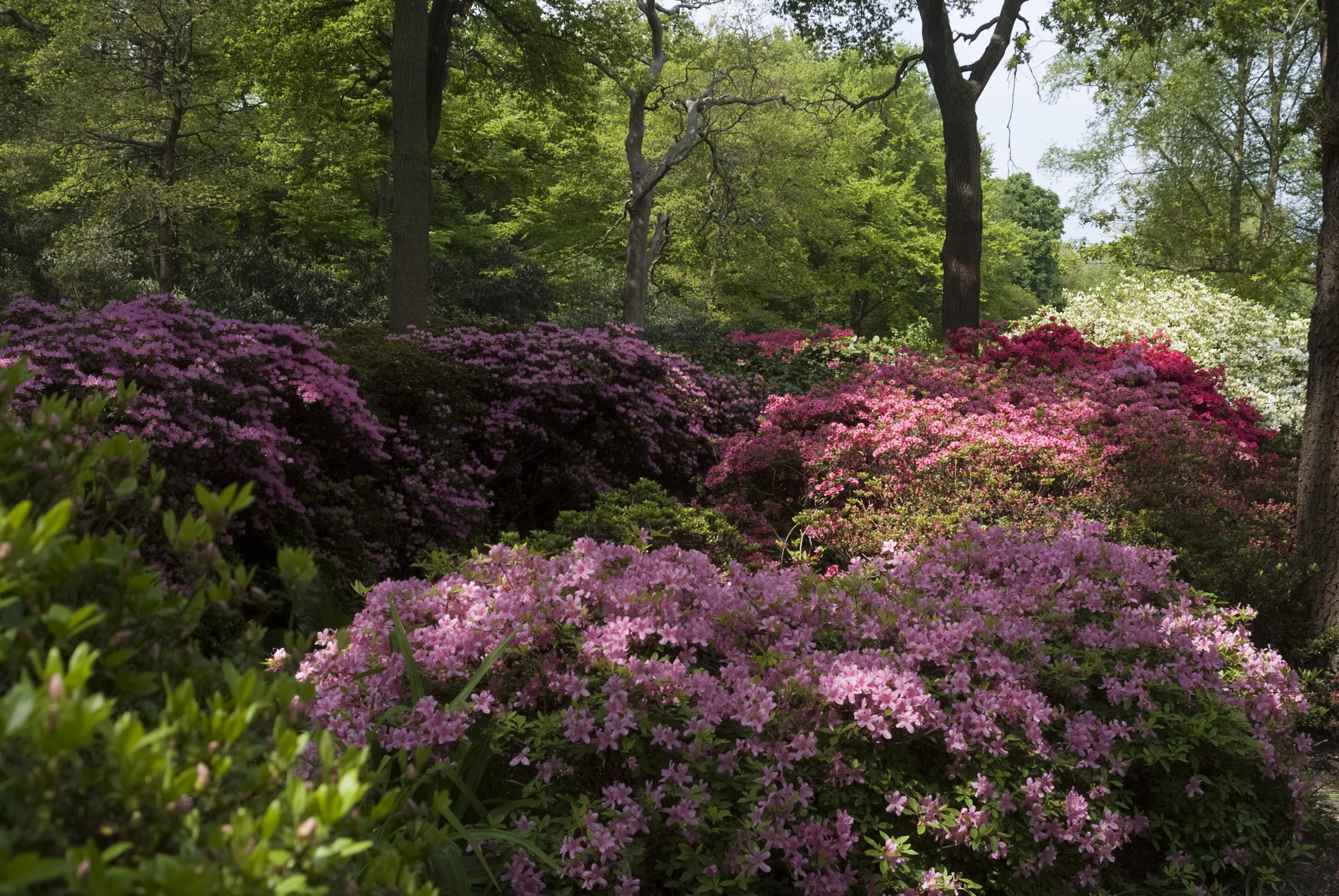

‘The other man’s grass is always greener’, so the saying goes. That’s probably because he uses far too much nitrogenous fertiliser, whereas my lawn gets two doses of blood, bone and fishmeal each year — in April and again in June — and the plantains and dandelions are prised out by hand with a daisy grubber. There are drawbacks to being an organic gardener. But I digress...
The thing is, no two gardens are the same, not only because of differing cultivation techniques, but because not all gardeners cultivate the same soil. Take my daughters: they live a mere eight miles from my Hampshire garden, just over the border in Surrey, where rhododendrons grow like weeds and great billowing clouds of them draw sighs of admiration when they erupt across the landscape in spring.
Me? I can only grow them in containers of ericaceous compost, thanks to the fact that my garden is overlying solid chalk. Planted out on my patch of earth, rhodies and azaleas sulk and turn yellow of leaf within a year or so. In sizeable lead tubs filled with ericaceous (lime-free) compost, they do survive for rather longer, but they stay relatively small and last for only a few years, in spite of regular feeding, before they have to be ousted and donated to a daughter with acid soil. You can almost hear them cheer on removal day.
Look at the geological map of Britain and you will see a diagonal band of underlying chalk, which runs from Dorset right up to the north coast of Norfolk. In gardens only a few yards from one another, one will have acid soil and the other alkaline, so clear cut is the geological disparity. Then there are the limestone out-crops in Yorkshire and the Oolitic limestone hills of the Cotswolds, the acidic peat bogs of the Somerset levels and the Yorkshire moors — and so the infinite variety goes on. Glance at the geological map of your homeland and you will be surprised to discover that it has more Technicolor variations than Walt Disney’s film of Mary Poppins (although, on the map in front of me, Barbie’s pink is mainly confined to Essex).
"There are rare and treasured areas blessed with something called ‘medium loam’ — a precious commodity is to be treasured and envied"
The message is clear: analyse your soil before you plant — at the very least, carrying out a pH test to ascertain its degree of acidity or alkalinity. You will save yourself heartache, as well as a considerable sum of money if you plant those subjects that will enjoy your earth, rather than struggling to ameliorate conditions for those plants that have never liked you and never will, regardless of your ministrations.
Rhododendrons, camellias, azaleas, pieris and some magnolias are the obvious lime-haters, but, on alkaline soil, provided you add plenty of organic matter, there are far more plants that will grow well than those which will sulk.
When you move into a new area, as well as testing the pH of your soil (and investing in the geological map, which can be had for as little as £5.95 from a certain website) take a look at those gardens around you, for they will be a reliable indicator of the kinds of plants that do well.
Exquisite houses, the beauty of Nature, and how to get the most from your life, straight to your inbox.
Apart from acidity and alkalinity, you will discover the physical make up of your soil the moment you push in a spade or a fork. If it won’t go in more than half an inch at the height of summer, or if it will go in and refuse to come out until you go red in the face in winter, you are likely to be on clay. Sandy soils yield readily, which is certainly an advantage, as they can be easily cultivated even after heavy rains. But all that fierce drainage means that they are rapidly leached of nutrients — they are ‘hungry’ soils.
Ironically, both sandy and clay soils are readily improved by the addition of plenty of well-rotted organic matter, which binds together the large and free-draining particles of sand and forces apart the smaller clay particles to improve drainage. But organic matter breaks down and disappears over time, so plenty of sharp grit is worth adding to clay, as it lasts much longer.
And then there are those rare and treasured areas that are blessed with something called ‘medium loam’. This precious commodity is to be treasured and envied. But then, not everybody can live in Warwickshire or Bangladesh.
Chatsworth: Its gardens and the people who made them by Alan Titchmarsh is out now (£35, Ebury Spotlight)
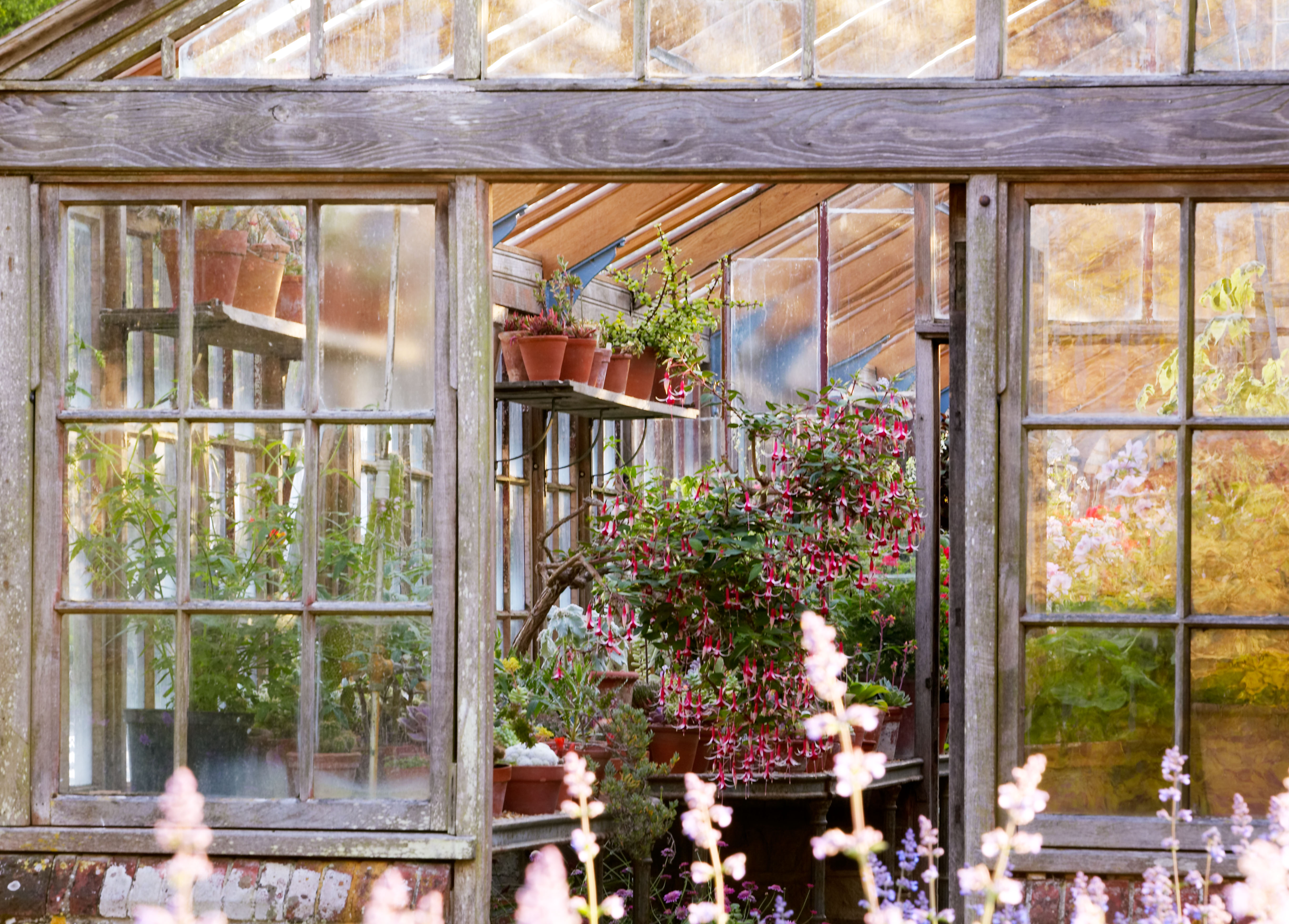
Credit: Alamy
Alan Titchmarsh: How to master the fine art of pottering
As time opens up for all of us to spend more time in the garden, Alan Titchmarsh offers his tips
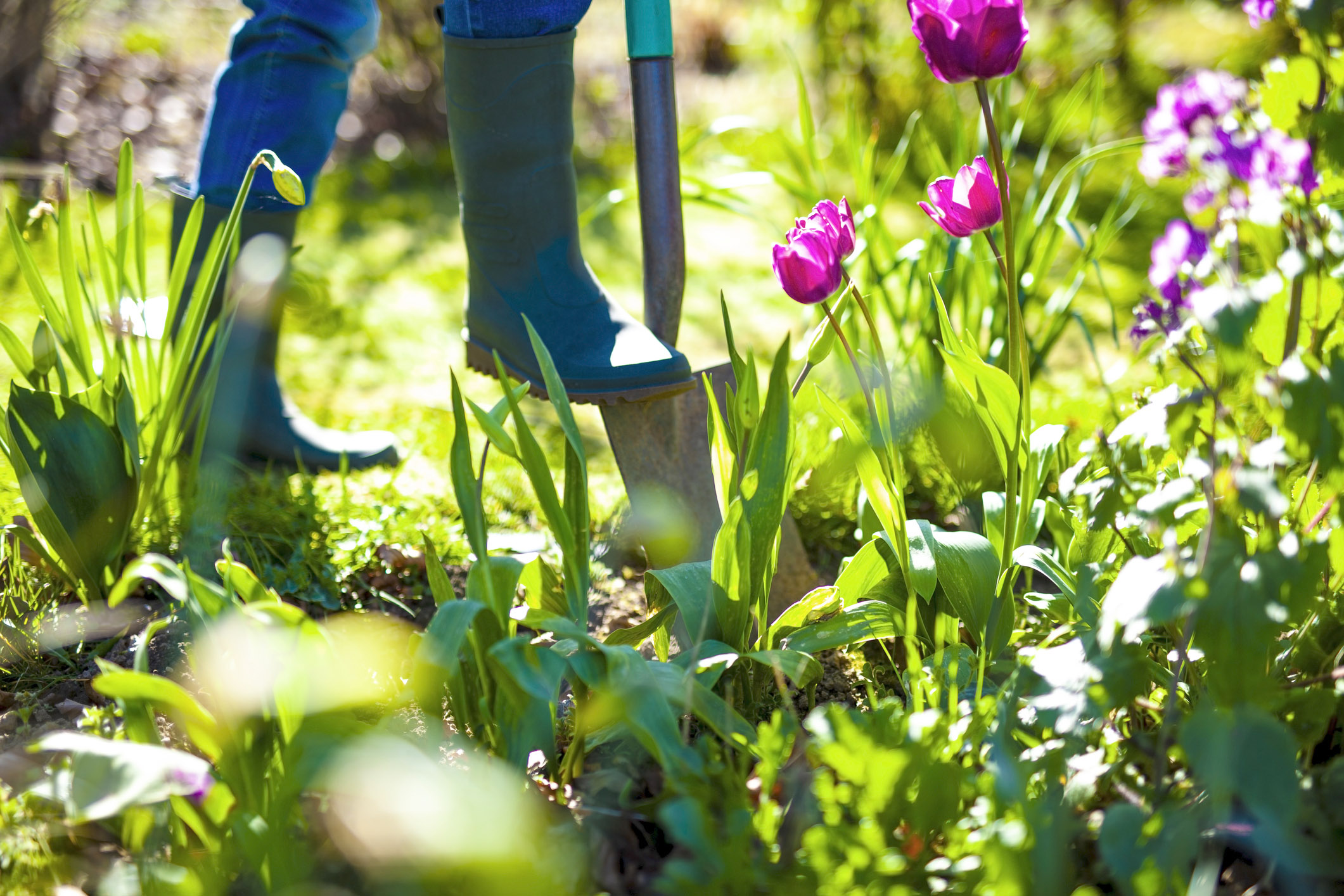
Credit: Getty
Alan Titchmarsh: Why I relish the worst jobs in gardening
Alan Titchmarsh admits that it's not just gardening's most challenging tasks, but also its the mundane chores that 'give me
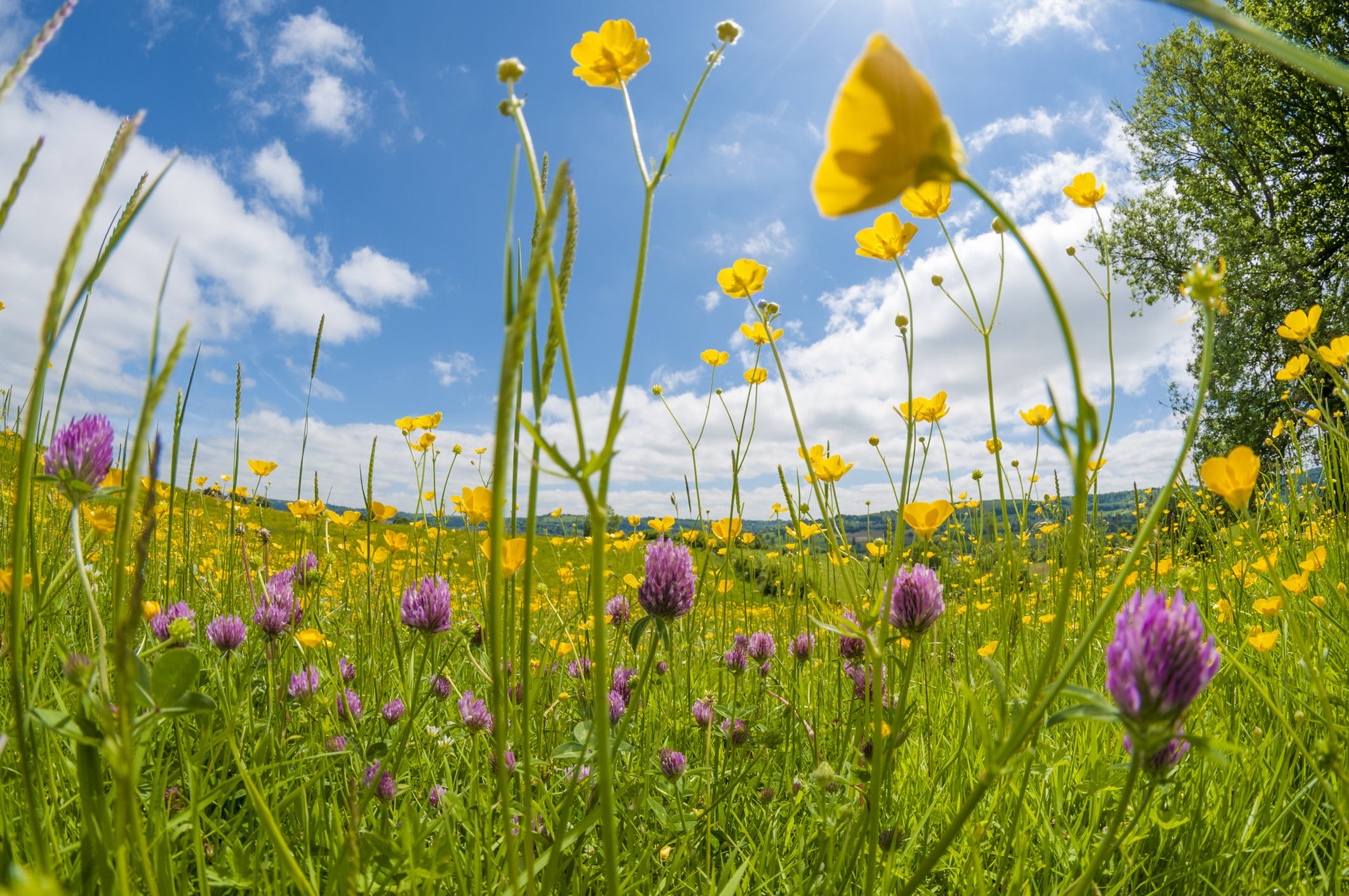
Credit: Getty Images
Alan Titchmarsh: The secrets of my wildflower meadow
It's been 10 years in the making, but Alan Titchmarsh's wildflower meadow is now full of life, colour and needs
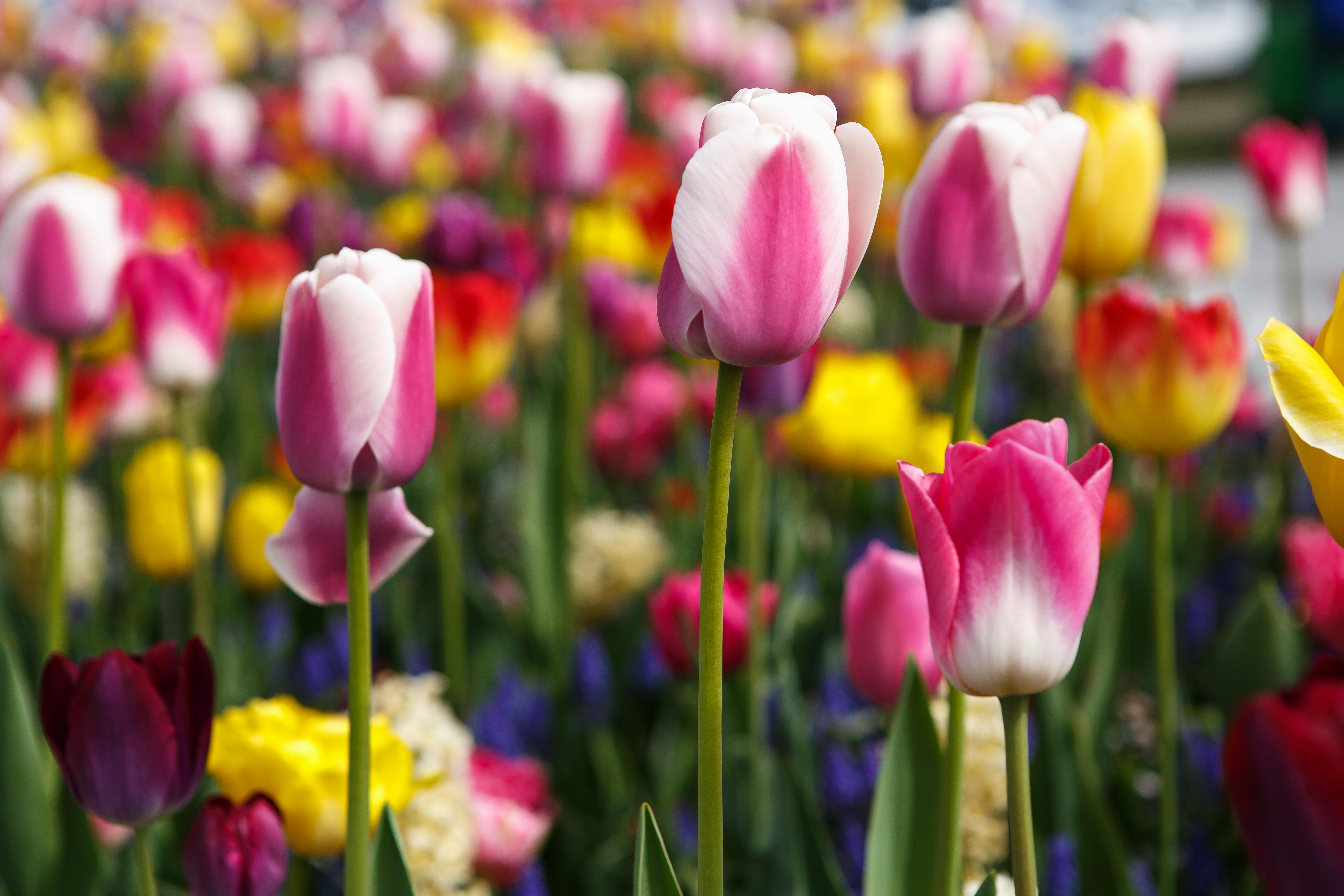
Credit: Alamy
Alan Titchmarsh: The best time of year to plant tulips
Alan Titchmars on planting tulips - and avoiding the grind of removing and storing bulbs every year.
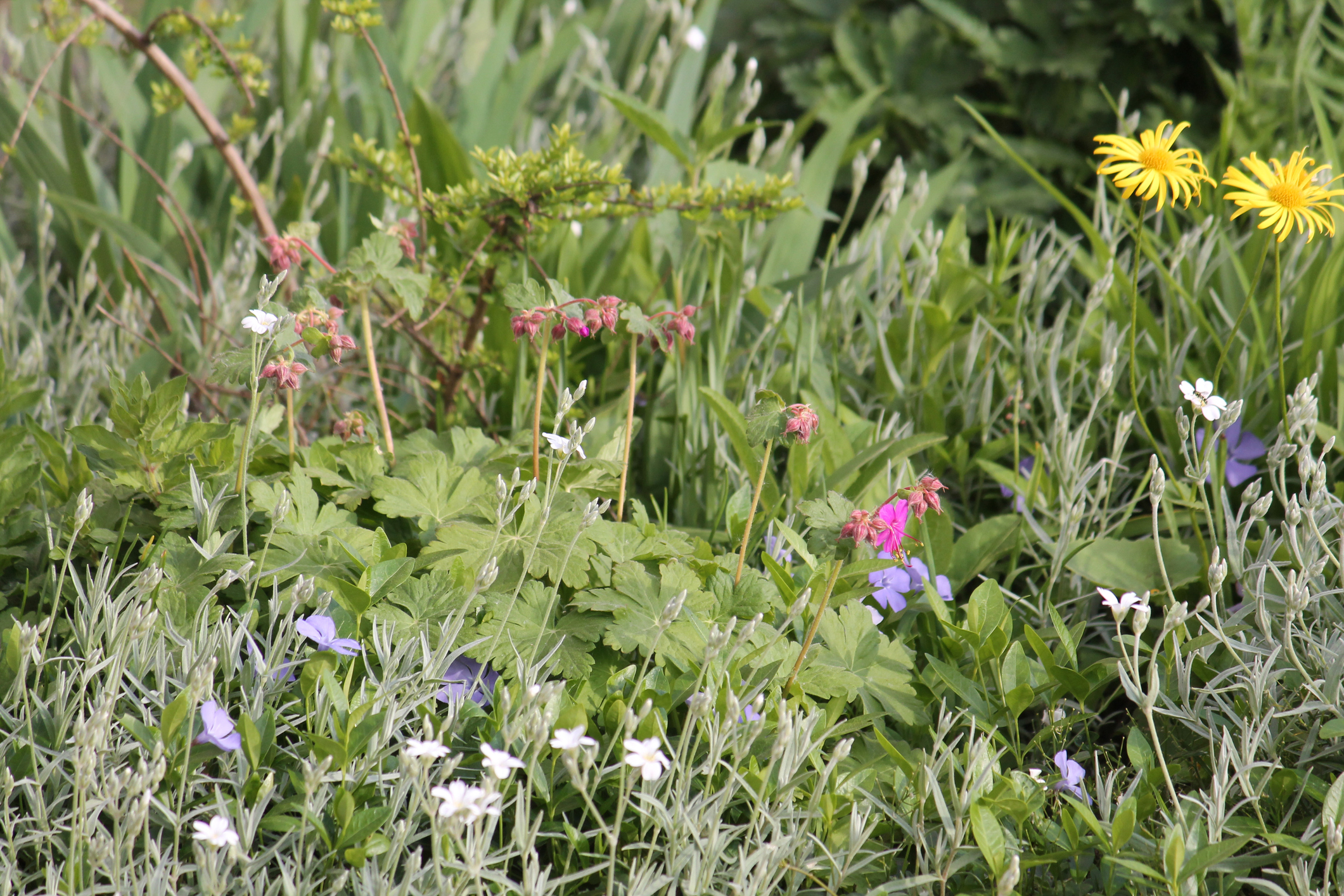
Alan Titchmarsh: The plants that make me smile the most
Alan Titchmarsh admits that the plants that give him most pleasure aren't always the ones he's intended to grow.
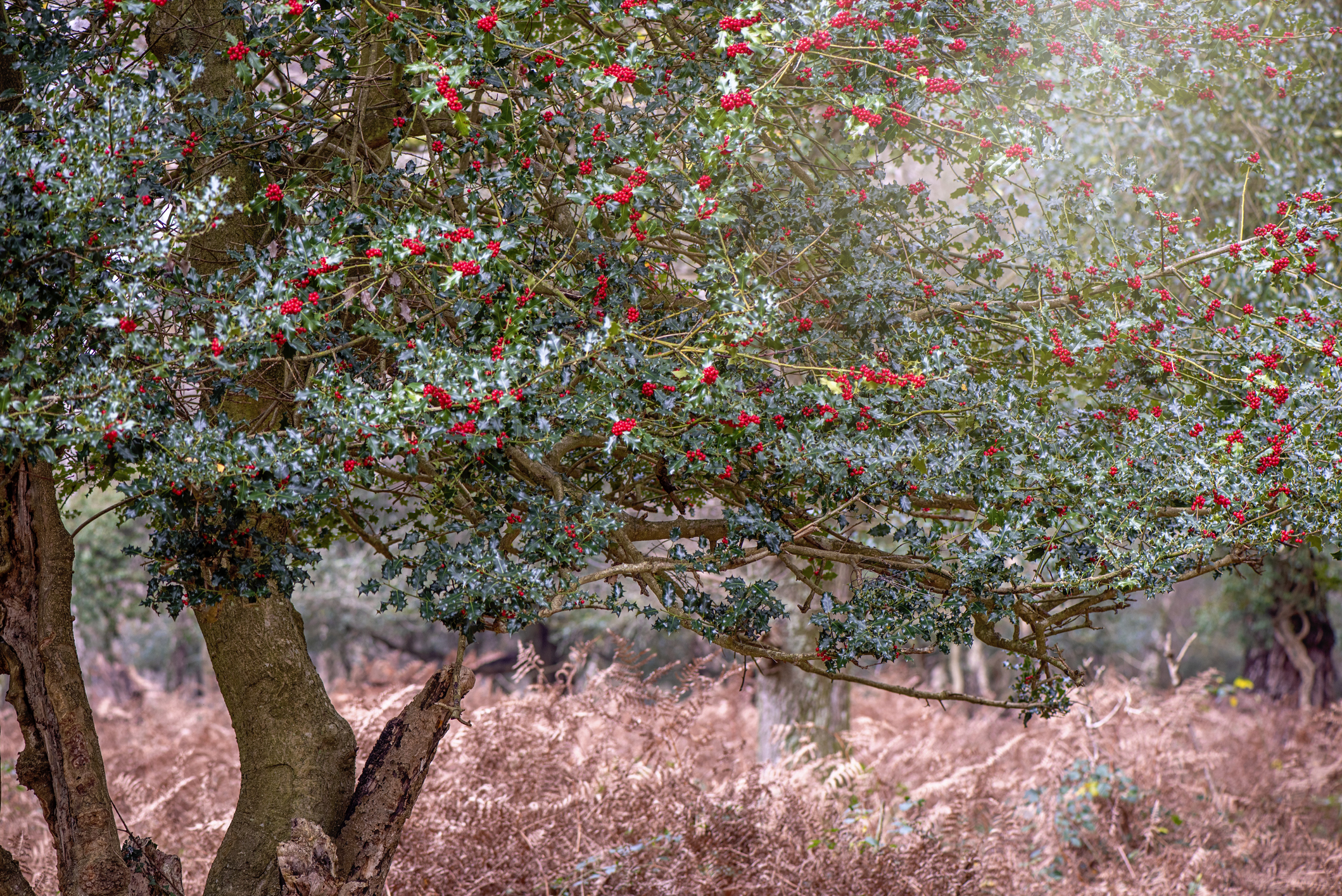
Credit: Jacky Parker / Getty
Alan Titchmarsh: 'Only God’s earth — in the garden and the countryside — is capable of coming up with the goods with reliability equal to that of St Nicholas'
Alan Titchmarsh's Christmas column looks at all the plants of the festive season.
Alan Titchmarsh is a gardener, writer, novelist and broadcaster.
